Africa’s overall progress and pressing challenges, such as slower growth in some major economies, were the apt focus of a State of the Africa Region panel on April 13 during the Spring Meetings of the International Monetary Fund and World Bank Group. Among the solutions explored were the role of regional cooperation in tackling fragility (especially in the Sahel region, Lake Chad basin, and Horn of Africa), the power of digitization to unlock Africa’s economic potential, and the importance of including women and youth in economic activities.
I couldn’t have been happier to have these critical aspects of my own research and policy work at the forefront of global conversations, including some solutions discussed in my book, “African Development, African Transformation: How Institutions Shape Development Strategy.” To fix Africa’s challenges, as the panelists agreed, it is urgent to bridge the gap between cutting-edge research, innovative policy options, and their successful implementation. Only through such an approach can we ensure not only that no one is left behind, but that no country or fragile state is left behind.
The April 13 discussion built extensively on the World Bank’s Africa Pulse report. Although previous growth projections indicated that higher oil revenues and increased domestic demand would propel the continent beyond the economic downturn of 2016, this year’s projections were revised downward. Despite positive gains in recent years, the continent’s growth rate is still below the population growth rate. Aggregate GDP growth for the region was readjusted from previous projections of 2.7 percent to 2.3 percent in 2018. Two of region’s three major economies—Angola and South Africa—experienced slower growth than in 2017, despite improved performance in the oil and industry sectors.
4 key takeaways
My four key takeaways from the conversation about the state of the African continent and its economic future are as follows:
1. Investment growth is hindered by regulatory inconsistencies and incomplete reforms, requiring targeted strategies in infrastructure development and industrialization.
Globally, growth has been moderate due to slowing trade and production levels, causing emerging markets and developing economies (EMDEs) to pick up the mantle of global investment optimism. Capital inflows to EMDEs increased in the first months of 2019 due to decreasing yields in advanced economies. This trend must be capitalized on.
Fixed investment declined in countries like South Africa, and overall growth suffered as a result. Some metal exporters, such as the Democratic Republic of the Congo, Guinea, and Niger, saw public investment in infrastructure increase. However, inattention to fiscal imbalances has affected investment potential and heightened risk on the continent. Risk has also increased with events such as Cyclone Idai and protests in Sudan, which have exacerbated conditions of fragility and deterred investment as support was diverted to support development and humanitarian assistance. Humanitarian responses are necessary for short-term stabilization, but long-term strategies for infrastructure development and industrialization are necessary to transition states out of aid-recipient positions and toward equitable partnerships in infrastructure, agriculture, and social investments.
2. Growth driven by natural resources is still hindered by high inflation and high debt levels, while non-natural resource countries face slow credit growth and production challenges.
Oil production and prices steadied for non-OPEC states in January 2019, including among oil-producing economies in sub-Saharan Africa, after Saudi Arabia and other OPEC countries cut production. Meanwhile, oil discoveries in South Africa and Ghana boosted African oil production. However, maturing oil fields in Nigeria and Angola represent the limits to natural resource production and export growth. Additionally, policies supporting rapid monetary expansion have limited credit growth (for example in Tanzania) and stoked inflation in economies such as Sudan, where consumer demand is falling. Even high-production countries like Nigeria faced credit and infrastructure constraints that prevented industrialization expansion.
Domestic demand challenges coupled with unexpected supply-side obstacles have somewhat stagnated non-resource-rich countries’ production and export markets. These factors, combined with foreign exchange shortages, low credit growth, and cash crop production decreases, have contracted domestic markets throughout sub-Saharan Africa. National-level monetary policies in non-resource-intensive countries are expected to increase current account deficits, indicating the need for immediate coordination at the regional and continental levels to boost trade, investment, and export production. Measures to control government spending, combined with greater production, are critical to reducing public and external debt and increasing overall GDP.
3. Drivers of fragility reinforce broad poverty throughout sub-Saharan Africa.
More than half of the world’s fragile countries are in sub-Saharan Africa. In 2017, 299 million people lived in countries with fragile situations in the region, equivalent to about 28 percent of sub-Saharan Africa’s total population. Economic activity in these fragile countries amounted to $289 billion (nearly 17 percent of the region’s GDP). These figures constitute proof that transforming fragile contexts into successful, vibrant economies that can lift populations out of poverty could unleash considerable growth potential.
Notably, there are success stories from which the continent can continue to build. Ethiopia and Rwanda, two formerly fragile states, are now high performers. While there may still be drivers of fragility in both places, both countries show the impact that investment and optimistic business policies can have on continuing growth.
Addressing fragility should be approached within a regional framework because the impact of policies focusing on poverty, violence, or slow economic growth will inevitably affect neighboring countries and regional economic communities. Similar to the framing of fragility as a continent-wide issue, solutions must account for regional characteristics and capacities to incorporate the necessary stakeholders in long-term recovery. Targeting resources at the right mechanisms can help restart growth and simultaneously push states out of fragility. For example, climate and security shocks in the Sahel are likely to persist in the absence of regional solutions to issues of security and development. Such holistic approaches can rapidly transform the landscape, raising the likelihood of securing peace. This can in turn make it feasible to build a stable region from which investors can regain confidence in governance and economic structures.
4. The digital economy must become the focus for “inclusive growth, innovation, job creation, service delivery, and poverty reduction” in civil society, commerce, and governance.
Where poverty, underperformance, and fragility define the macroeconomic outlook of some countries, digitalization can bridge the gap between uneven progress in the realms of governance, commercial, and social development. According to the World Bank, digital transformation of the continent could add 2 percentage points to Africa’s annual growth and reduce continent-wide poverty by 1 percentage point. When implemented holistically, digital technologies bring women, youth, and marginalized communities into formal economies. Greater connectivity also facilitates their social contributions through education initiatives, skills training, and financial inclusion. Mobile phones and broadband internet are just two means of incorporating more female and youth participation to ensure that industrialization and employment policies are inclusive.
Digitalization is a low-cost option by which countries, such as Cameroon, where I am from, can implement public service delivery in education, health care, and agricultural production. Where mechanisms are in place to deliver nutrition, health, and agriculture information, mobile technologies can rapidly decrease the time for delivery and the method by which rural communities can access this critical information. Digitalization will inevitably improve the productivity of countries that have the necessary investment and political will to build far-reaching mobile networks.
Final thoughts
The World Bank justifiably recognizes the improved performance of countries like Côte d’Ivoire, Guinea, Senegal, Mali, Burkina Faso, and Ghana. The State of the Africa Region panel recommended regionally-driven initiatives that welcome international support for economic growth, which can reduce poverty and foster stable, inclusive job markets. This aligns with my perspective presented in my book, “African Development, African Transformation: How Institutions Shape Development Strategy.”
Discussions about job creation and economic inclusion at the Spring Meetings naturally called for policies to improve the status of women and youth who lack the education and skills training to participate in employment initiatives. These and other incomplete development policies were cited as focal points to spur Africa’s overall growth, followed by calls for investment—political and financial—that will reaffirm the continent’s path toward a digital, stable future.
Because fragility requires tackling several complex drivers and causes, it is important to develop comprehensive solutions that can ensure no one is left behind in development and economic transformation. My forthcoming report, “Leaving no fragile states behind,” builds on the important dialogue that took place at this year’s State of the Africa Region talk. I will unpack the complex dimensions of fragility and suggest inclusive solutions for building stable countries. My other research and analysis on the impact of the Fourth Industrial Revolution, Africa’s growing middle class, and the African Continental Free Trade Area provide further ideas for solving the puzzle of how to unlock Africa’s potential to grow and thrive in the digital era.
Stay tuned for the release of my book “Unlocking Africa’s Business Potential: Trends, Opportunities, Risks, and Strategies” (Brookings Institution Press, fall 2019), which will further discuss these questions.
The Brookings Institution is committed to quality, independence, and impact.
We are supported by a diverse array of funders. In line with our values and policies, each Brookings publication represents the sole views of its author(s).

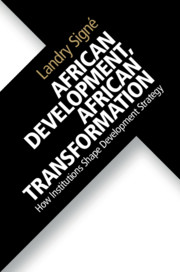
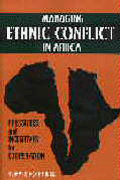
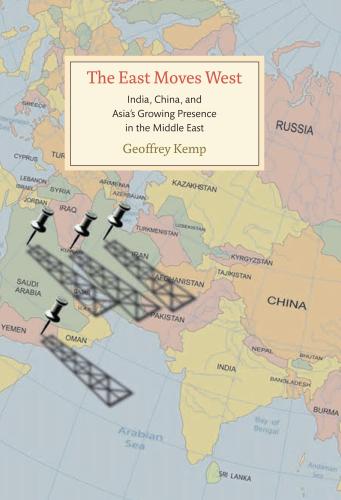
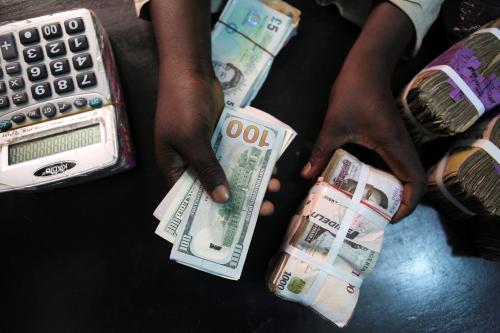

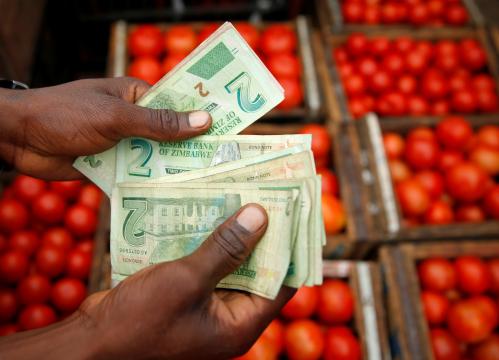


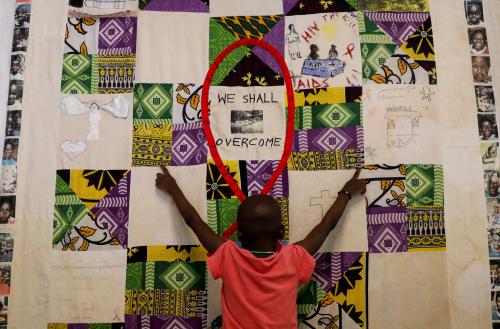

Commentary
African economies, digitalization, and fragility: Insights from the Spring Meetings
April 18, 2019